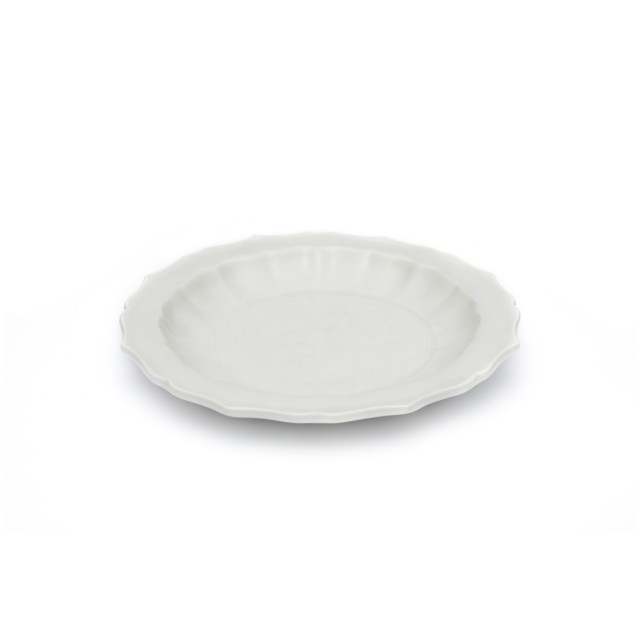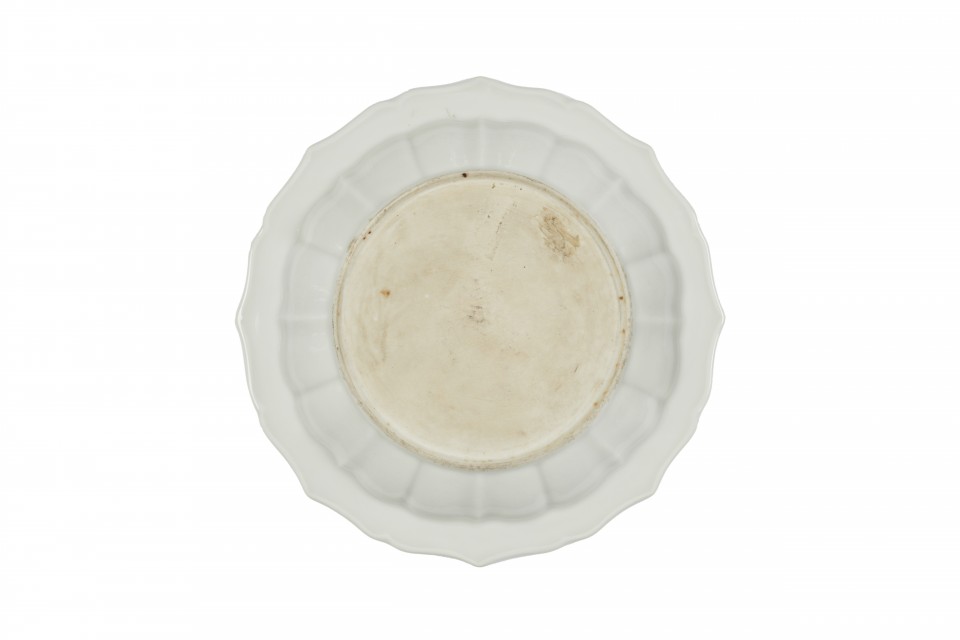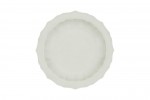
Foliate Dish

Photography by Synthescape, Digital image © Asia Society

Photography by Synthescape, Digital image © Asia Society

Photography by Synthescape, Digital image © Asia Society
Foliate Dish
Early 15th century (probably Yongle era, 1403-1424)
China, Jiangxi Province
Porcelain with incised design under glaze (Jingdezhen ware)
H. 1 x Diam. 7 7/8 in. (2.5 x 20 cm)
Asia Society, New York: Mr. and Mrs. John D. Rockefeller 3rd Collection, 1979.157
Licensing inquiries
Recent excavations at the imperial kilns have determined that porcelain covered with a warm white glaze were among the most popular ceramics produced during the reign of the Yongle emperor, the third emperor of the Ming dynasty. This small dish with a foliate rim typifies the white wares produced during this period. An extremely delicate pattern of grapes is incised into the interior of the dish, and flowers and clouds decorate the exterior of the rim. Difficult to see at first glance, decoration of this type is often termed anhua or "hidden decoration." Hidden decoration was very popular in the early Ming period, at least in part because of Yongle's taste for plain white wares. Several reason's have been proposed to explain Yongle's preference, which represented quite a change from the taste for brightly colored underglaze blue and copper-red wares of the late 14th century. White is the color of filial piety and mourning, and it is possible Yongle's choice was partially intended to mitigate the circumstances under which he came to rule. Yongle spent the first four years of his reign grieving for the father whose wishes he had ignored when he usurped the throne.


